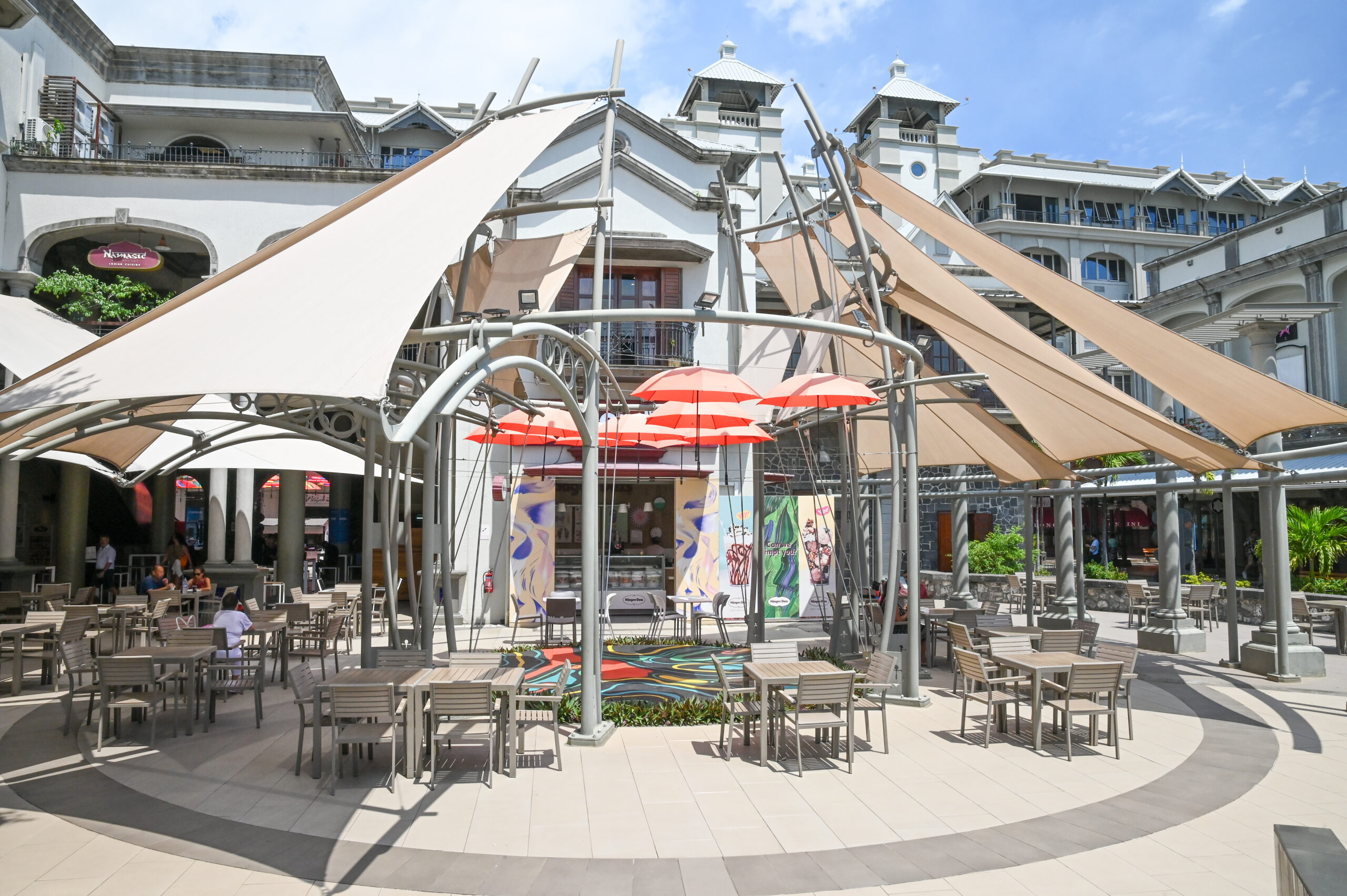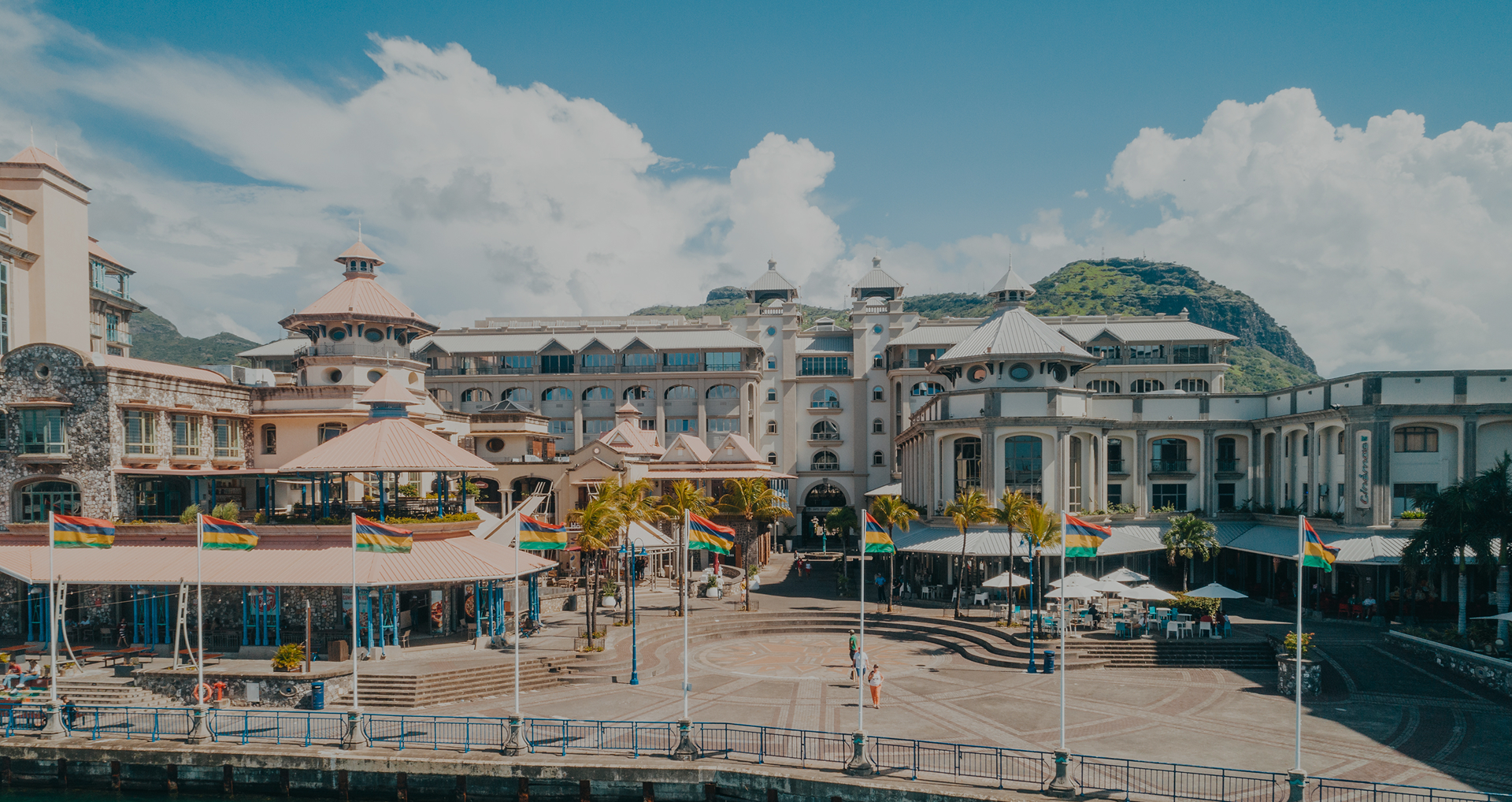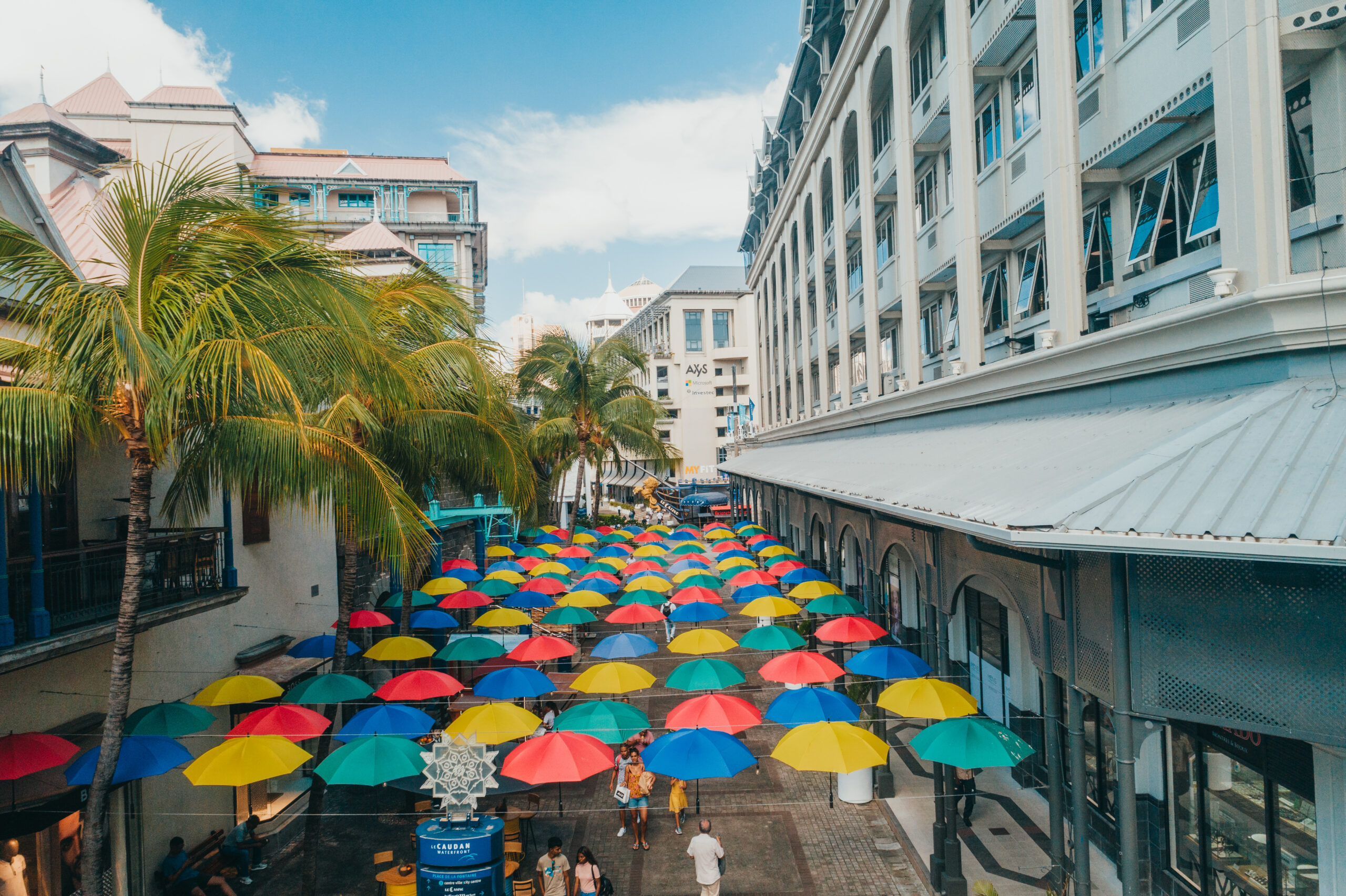Historical Background
L’Observatoire takes its name from its original function as an observatory – in fact, this building was the site of the first meteorological (and astronomical) observatory in the Indian Ocean. The observatory was established in 1832 on the Port Louis harbourfront during the British colonial period, and it played a key role in early weather tracking and maritime navigation. Notably, Scottish meteorologist Charles Meldrum ran the observatory in the 1860s and analyzed ships’ logbooks there to understand cyclone patterns, providing crucial knowledge for mariners navigating the Indian Ocean. The facility was also used for astronomical observations (hence its name “L’Observatoire”), and a rare event – the Transit of Venus on 9 December 1874 – was famously observed from the tower by British astronomers, a fact commemorated today by a plaque on the building. This small observatory served the island until the new Royal Alfred Observatory opened in the 1870s, cementing L’Observatoire’s significance in Mauritius’s scientific and colonial history.
Architecture
The Caudan Waterfront’s historic L’Observatoire building (right) overlooking the Port Louis harbour. The stone base of the structure dates back to the 19th-century observatory, now integrated with modern upper floors in the waterfront complex. Architecturally, L’Observatoire is a blend of historic colonial-era design and modern construction. The original structure dates back to around 1830 and was built with thick cut-stone (basalt) masonry typical of 19th-century Mauritian buildings. During the development of Le Caudan Waterfront in the 1990s, this old observatory tower and its stone walls were carefully preserved and incorporated into a larger building. The developers added new concrete extensions and upper floors around the old core, echoing colonial style with arched windows, ironwork verandas and pink terra-cotta roofs to match the historic aesthetic. Visitors can still see the original grey stone walls and arched openings of the observatory at ground level – a tangible reminder of the past – now complemented by airy promenades and contemporary detailing above. The waterfront even introduced a subtle nautical theme in the food court’s décor (dubbed the “Food Village”) to bring a touch of life to the old observatory walls. This harmonious balance between heritage structure and modern design defines L’Observatoire’s character, making it one of the most distinctive buildings in the Caudan complex.
Cultural and Symbolic Role
L’Observatoire plays a prominent cultural and symbolic role in the Caudan Waterfront’s identity and in the broader landscape of Port Louis. By preserving the original observatory structure and naming the building “L’Observatoire,” the Caudan developers deliberately honored a piece of Mauritius’s heritage. The building serves as a living historical landmark within a modern commercial center – its very presence educates visitors about the island’s colonial-era scientific endeavors. For instance, a bilingual plaque at the entrance recounts the building’s history (including the 1874 Venus transit and its years as a meteorological station), effectively turning the food court into a small historical exhibit. This integration of history gives Le Caudan Waterfront a unique character: many wings of the complex are named after important figures or episodes in Mauritian history (Barkly Wharf, Le Pavillon, Dias Pier, etc.), and L’Observatoire is a key part of this narrative. It stands as a concrete reminder of Mauritius’s early scientific achievements and the era of maritime exploration, right in the heart of the capital’s shopping district.





